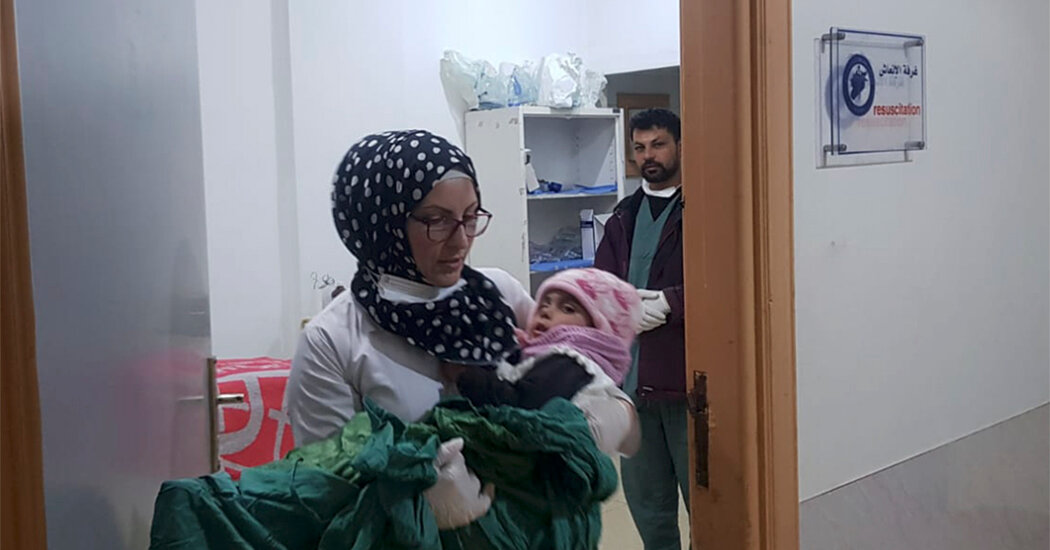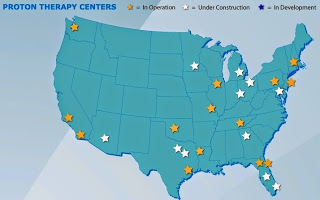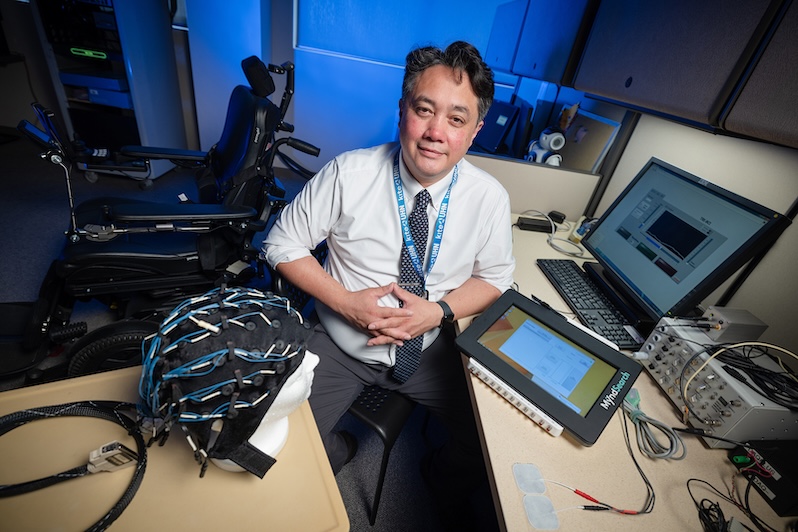Dr. Nehad Abdulmajeed thought he had seen the worst human suffering of his career as a surgeon in Syria. In 2016, he survived the siege of Aleppo, which left thousands dead or crippled in the midst of a civil war.
After the city fell to government forces, Dr. Abdulmajeed retreated to a town called Al Atarib, in the country’s northwest, where he worked in a hospital dug deep underground to protect it from relentless Russian and Syrian bombardments.
“Our hospital has always been filled with tragedy,” he said in a phone interview from his operating room. But the carnage he and his staff have seen this week, from an entirely different enemy, was of a scope he had never encountered.
Hundreds of casualties from Monday’s earthquake, which was centered nearby across the border with Turkey, have arrived this week at his hospital from the Al Atarib region, and many were already dead when they reached the hospital. Staff members say they had counted 148 bodies at the hospital since Monday.
“Since Monday, the bodies have not stopped coming,” said Dr. Abdulmajeed, 33, one of four doctors in the subterranean hospital known as the Cave. “Some arrive without heads. Others without limbs.”
After weathering more than a decade of civil war, Syrian doctors find themselves caught in the middle of a fresh humanitarian crisis after the earthquake, with rescue efforts obstructed by the location of the quake zone, which includes government- and opposition-controlled lands in Syria.
That has meant a desperate scramble to save people trapped in the debris of collapsed buildings in the hope of taking them to hospitals like the one in Al Atarib.
“People are digging through the rubble with their fingernails to reach the screaming voices on the other side,” said one doctor, Murhaf Assaf, who worked in the Cave in 2018 and is in frequent contact with the staff there. He now lives in Wales.
Hospital staff members shared videos and images with The Times that showed the dead, shrouded in blankets, lining the corridors. Another video showed a pickup, stacked with bodies, arriving at the hospital.
“We have cried over children who lived through this war and are now dead for no reason,” said Dr. Abdulmajeed.
On Tuesday, the hospital received three siblings — including Abdul Haseeb, 3 — who had survived in the rubble for 36 hours. “It is a blessing they are still alive,” said Dr. Abdulmajeed, who was eager to share what little hopeful news there was.
Dr. Abdulmajeed was sleeping with his own children in a nearby village when the earthquake struck, sending tremors across the area. “I saw our lives flash before our eyes,” he said. His family had huddled in the cold for hours to wait out the aftershocks, before he was able to make his way to the hospital and start saving people.
“We kept looking up to the sky for jets,” said Dr. Osama Salloum, who drove to the Cave from Idlib on Monday morning after receiving an urgent call for help. “My mind was playing tricks on me — telling me it was war again.”
One boy, who looked about 6 years old, died as Dr. Salloum was performing CPR. “I saw the life leave his face,” said the doctor, who also operated on patients during the siege of Aleppo. “All the traumatic images from my work during the war flooded back to me,” he added. “I felt like I was waking in a recurring nightmare.”
The doctors said their experiences during wartime had prepared them well for the human toll wrought by the earthquake — especially for the hard choices that such grueling work entailed.
“There were days when we could only save some — if you tried to save all of them, you wouldn’t be able to save anyone,” said Dr. Assaf, who worked in the Cave in 2018.
The hospital in Al Atarib was built in 2017 by the Syrian American Medical Society, or SAMS, a humanitarian group that supports 39 medical facilities in the country. Located close to the fighting on a main road connecting Aleppo with the city of Idlib, it was dug deep underground to evade the routine bombing and shelling of hospitals by Russian and Syrian forces in rebel-held areas.
But the hospital came under a devastating artillery bombardment in March 2021 that killed seven patients and injured 15, including five medical staff members, according to a joint report by SAMS and the Physicians for Human Rights.
The attack was emblematic of one of the most brutal tactics employed by the Syrian regime since the civil war began in 2011. Physicians for Human Rights has documented 601 attacks on 400 health care facilities since the war began.
The systemic crackdown on hospitals and clinics in opposition-held areas has devastated Syria’s health care system, garnering international condemnation and prompting up to 70 percent of Syria’s health care workers to flee the country, according to a 2021 report by BioMed Central in London.
“These doctors have been uniquely trained by war — but unfortunately only a few of them remain in the country,” said Dr. Assaf, who left Syria in June 2019.
“They need all the help they can get,” he said. He added that the Cave’s staff, which had at least 11 surgeons when its doors first opened, had shrunk to a few people at a time over the past five years.
Important resources, like gloves and plaster for bandaging wounds, were already dwindling, the surgeons said.
In the days following Monday’s earthquake, aid to Syria has been hindered, in part because the roads surrounding a major border crossing from Turkey into opposition-held areas was damaged. And aid groups in Turkey have been affected by the quake. Any prolonged obstruction could pose a challenge for doctors at the underground hospital in Al Atarib.
“I believed that maybe I had seen everything,” Dr. Abdulmajeed said, “but these are the most tragic days that I have seen in my entire life.”
Sangar Khaleel contributed reporting.





